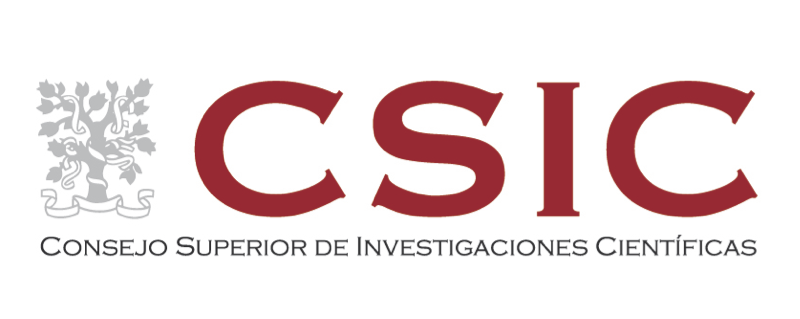Nature Geoscience, vol. 12, nº 2, pags. 119 - 125 (2019)
Article preview
Atmospheric deposition of semivolatile aromatic hydrocarbons accounts for an important input of organic matter to the surface ocean. Nevertheless, the biogeochemical cycling and sinks of semivolatile aromatic hydrocarbons in the ocean remain largely uncharacterized. Here we present measurements of 64 polycyclic aromatic hydrocarbons in plankton and seawater from the Atlantic, Pacific, Indian and Southern Oceans, as well an assessment of their microbial degradation genes. Concentrations of the more hydrophobic compounds decreased when the plankton biomass was higher, consistent with the relevance of the biological pump. The mass balance for the global oceans showed that the settling fluxes of aromatic hydrocarbons in the water column were two orders of magnitude lower than the atmospheric deposition fluxes. This imbalance was high for low molecular weight hydrocarbons, such as phenanthrene and methylphenanthrenes, highly abundant in the dissolved phase. Parent polycyclic aromatic hydrocarbons were depleted to a higher degree than alkylated polycyclic aromatic hydrocarbons, and the degradation genes for polycyclic aromatic hydrocarbons were found to be ubiquitous in oceanic metagenomes. These observations point to a key role of biodegradation in depleting the bioavailable dissolved hydrocarbons and to the microbial degradation of atmospheric inputs of organic matter as a relevant process for the marine carbon cycle. © 2019, The Author(s), under exclusive licence to Springer Nature Limited.




